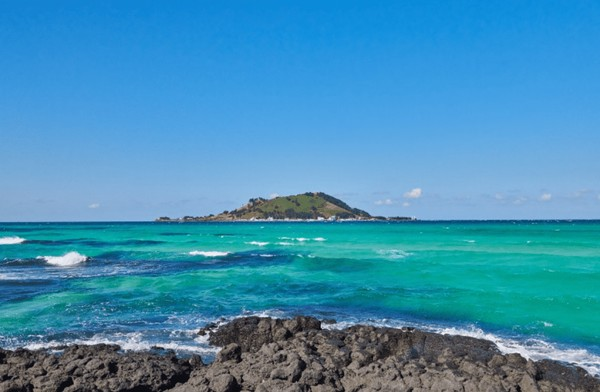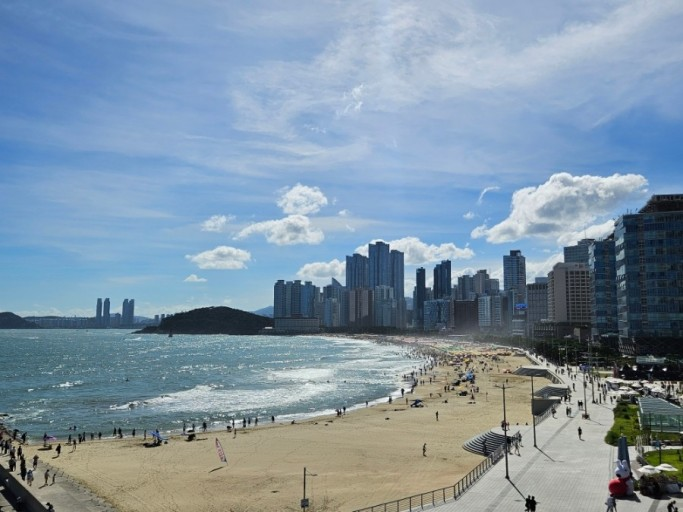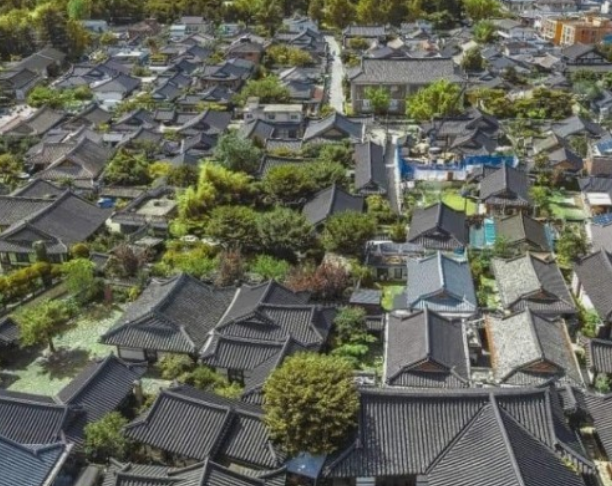Top Tourist Attractions You Must Visit in Korea
Korea is a land of captivating contrasts, where the rich traditions of the past seamlessly blend with the vibrant energy of modern life. From stunning natural landscapes to historic landmarks and bustling cityscapes, Korea offers something for every traveler. Let’s explore some of the must-visit attractions that make this country truly special!
1. Gyeongbokgung Palace – A Glimpse into Korea's Royal History
Located in the heart of Seoul, Gyeongbokgung Palace is the grandest and most iconic of Korea’s five royal palaces. This beautiful historical site was the main residence of the Joseon Dynasty kings. Visitors can explore the intricately designed buildings such as Geunjeongjeon (the throne hall) and Gyeonghoeru Pavilion, set against a backdrop of stunning gardens. Don’t miss the Changing of the Guard Ceremony, a traditional event held in front of the palace gates, which brings Korea’s royal history to life.
2. Jeju Island – Nature’s Paradise
Jeju Island is often called the "Hawaii of Korea" due to its pristine beaches, volcanic landscapes, and natural beauty. Whether you're hiking to the summit of Hallasan Mountain, witnessing the sunrise at Seongsan Ilchulbong (Sunrise Peak), or exploring the lava tube caves of Manjanggul, Jeju offers a unique blend of natural wonders. The island is also famous for its local delicacies, including fresh seafood and Jeju black pork. It's a perfect destination for nature lovers and those looking for a peaceful getaway.
3. Haeundae Beach – The Iconic Beach of Busan
In Busan, Haeundae Beach is one of the most famous beaches in Korea. With its wide stretch of golden sand and vibrant atmosphere, it’s a popular destination for both locals and tourists. The area is perfect for a relaxing day by the sea or enjoying water sports during the summer months. Nearby attractions include Dongbaek Island and the APEC House, which offer great spots for a scenic walk. Don’t forget to take in the panoramic views of Busan from the Busan Tower!
4. Gyeongju – The Ancient Capital of Korea
Gyeongju is often referred to as the “museum without walls” due to its abundance of historical sites. As the capital of the Silla Kingdom for over 1,000 years, Gyeongju is home to remarkable landmarks such as the stunning Bulguksa Temple and the stone grotto of Seokguram, both UNESCO World Heritage sites. Anapji Pond and the ancient Cheomseongdae Observatory offer glimpses into Korea's rich cultural and scientific heritage. Gyeongju’s ancient tombs, including the famous Tumuli Park, also showcase the grandeur of the Silla Dynasty.
5. Namsan Seoul Tower – Breathtaking Views of the City
For the best panoramic views of Seoul, head to Namsan Seoul Tower. Standing tall on Namsan Mountain, this landmark provides sweeping views of the entire city, especially spectacular at night when Seoul is illuminated by thousands of lights. The tower is also famous for its "love locks" where couples leave padlocks as symbols of their affection. Whether you're visiting during the day to enjoy the cityscape or at night for a romantic view, Namsan Tower is a must-see.
6. Gangneung – Beautiful Beaches and Coffee Culture
Gangneung, located along the east coast, is famous for its picturesque beaches and thriving coffee culture. Gyeongpo Beach is perfect for enjoying the coastal beauty, while Jumunjin Beach offers a peaceful atmosphere to relax by the sea. The city is also known for its numerous cafes, especially those with views of the ocean. For a taste of local cuisine, don’t miss out on fresh seafood dishes, including raw fish and grilled fish. Gangneung combines the best of nature and modern Korean lifestyle.
7. Jeonju – A Feast for the Senses
Jeonju is a city where tradition comes to life. Known for its well-preserved Hanok Village, Jeonju gives visitors a chance to step back in time and experience traditional Korean architecture. You can also enjoy Jeonju Bibimbap, one of Korea’s most famous dishes, made with fresh vegetables, rice, and a spicy sauce. In addition to its food, Jeonju is home to beautiful temples and traditional markets that offer an authentic glimpse of Korea’s cultural heritage.







댓글
댓글 쓰기